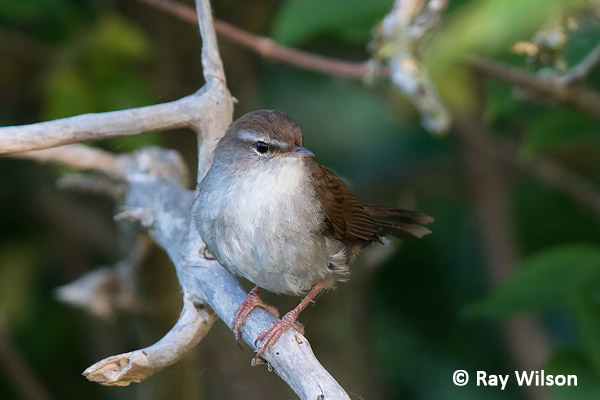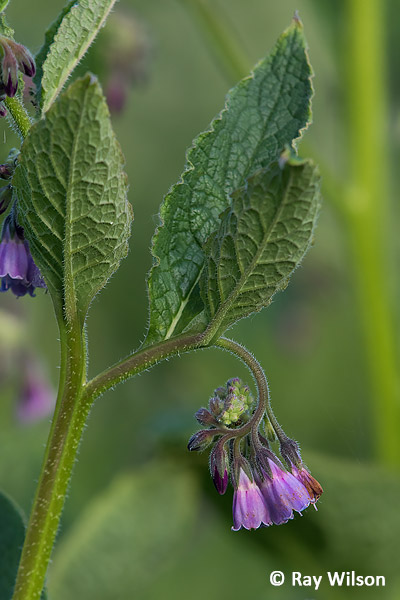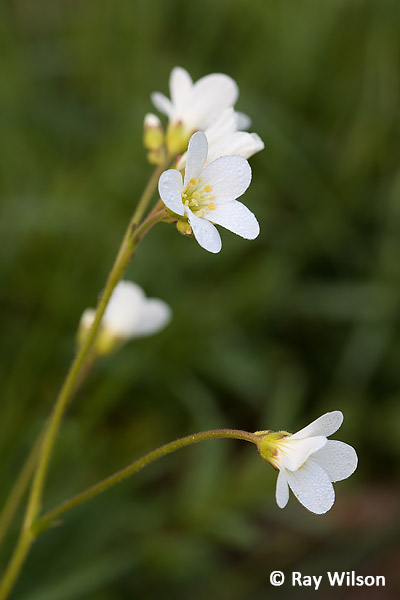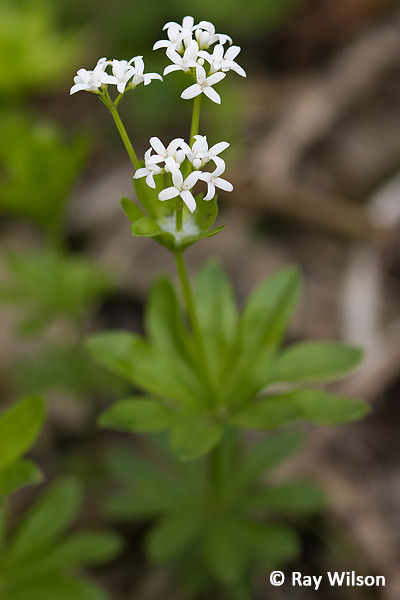
- Home
- Photography Tours
- Diary / Blog
- Galleries
- Foreign Trips
- Tasmania 2016
- NE Queensland 2016
- Western Alps 2016
- NE Spain 2016
- Australia's Wet Tropics 2015
- Australia's Top End 2015
- SW Australia 2015
- Switzerland 2015
- Andalucia 2015
- Belize 2015
- Australia 2014
- Switzerland 2014
- Belize 2014
- Bahama Islands 2014
- Switzerland 2013
- Ecuador 2012-2013
- Florida 2011-2012
- Vancouver Island 2011
- Australia 2010
- Peru 2008
- Bulgaria 2007
- Lesvos 2006
- California 2006
- New Zealand 2005
- Extremadura 2005
- Goa, India 2004
- The Gambia 2003
- About
May 2017
East Midlands
(Attenborough Nature Reserve & The Peak District)
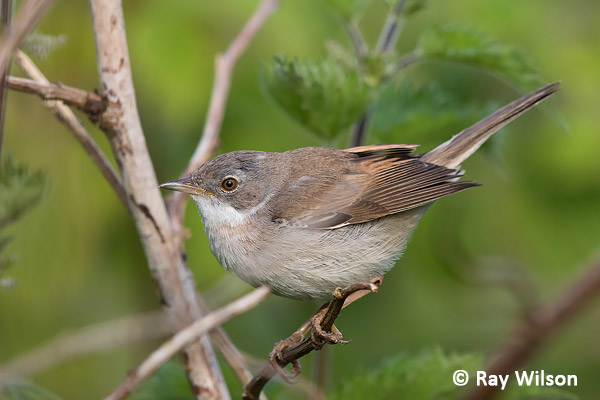
Common Whitethroat (Sylvia communis)
By the middle of the month, all the summer migrants had arrived and most were busy with nest building, incubating eggs or feeding chicks.
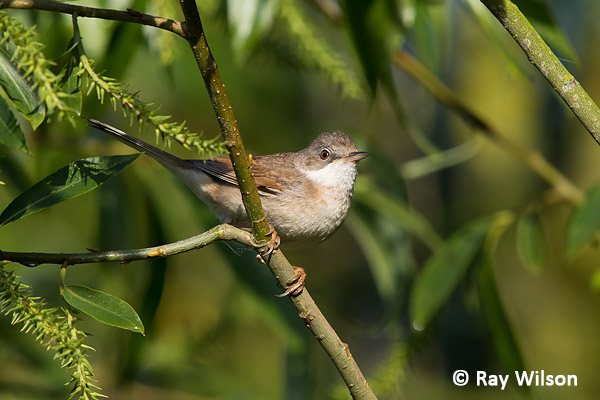
Common Whitethroat (Sylvia communis)
Whitethroats were common in the bramble and willow scrub around Attenborough reserve. The pairs holding territories bordering the busy main path between the visitor's centre and the river are habituated to the almost constant presence of people and these are usually the easiest individuals to photograph as they don't generally regard your presence on the path as a major threat. Watching the movements of a pair for a while often allows the identification of perches that are used as staging posts between foraging areas and the nest. Once a suitable branch with a clear view for photography has been found, you can return to the same spot day after day and since the birds will still be using the same perches, it is then just a question of waiting for the birds to return to get the photos you want.
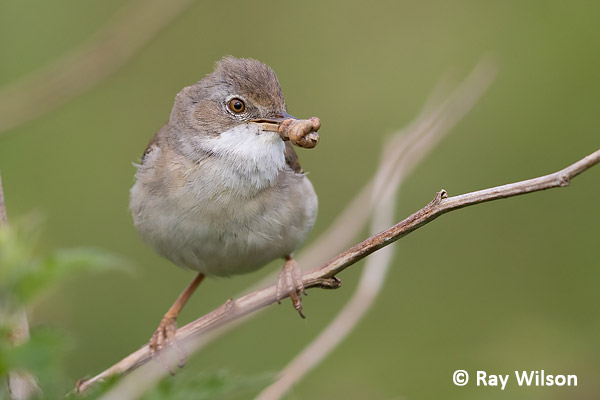
Common Whitethroat (Sylvia communis)
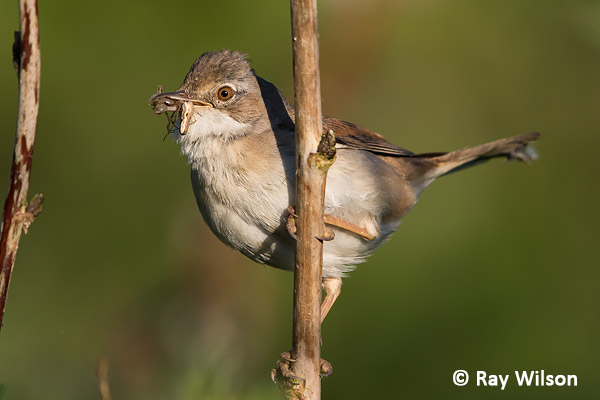
Common Whitethroat (Sylvia communis)
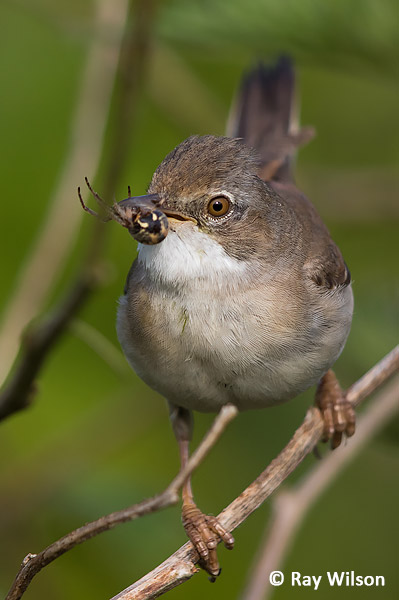
Common Whitethroat (Sylvia communis) |
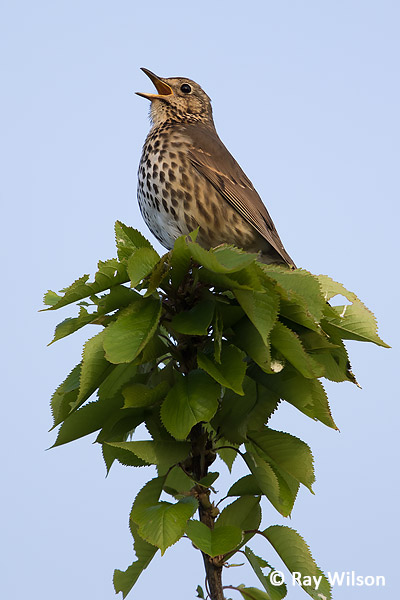
Song Thrush (Turdus philomelos) |
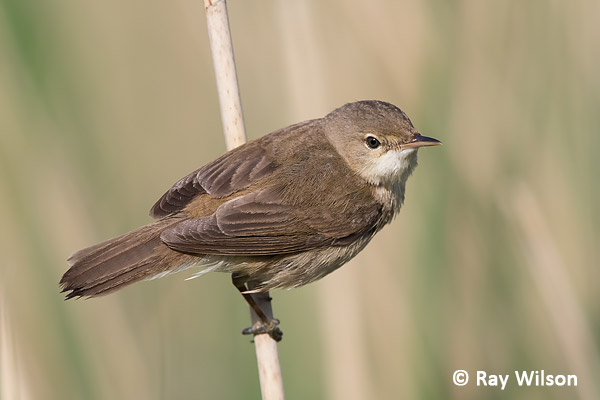
Eurasian Reed Warbler (Acrocephalus scirpaceus)
Every year, several pairs of Reed Warblers nest in the small reedbeds on either side of the vistor's centre entrance. Similar to the situation with the Whitethroats along the main path, the Reed Warblers in these reedbeds are more tolerant of humans than usual and are pretty easy to photograph. The best time to get them out in the open is just after they have arrived back from Africa. For the first couple of weeks after their arrival, they will often climb up to the top of the reeds to sing or collect feathery seed branches from the Phragmites to build their nests with.
 |
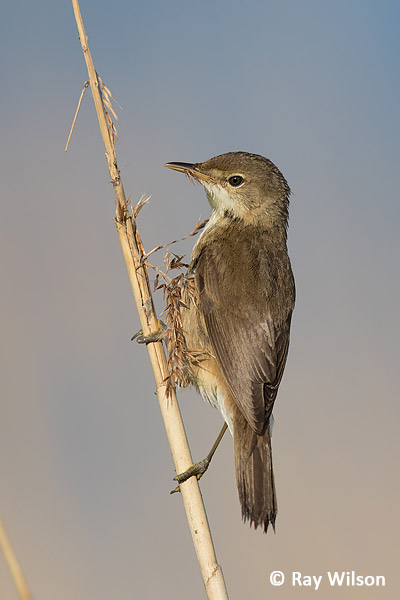 |
Eurasian Reed Warbler (Acrocephalus scirpaceus)
One thing I've found is that if you inadvertantly allow your shadow to fall on the reedbed it will usually result in all the birds in the reedbed diving for cover, even those that are at quite some distance from where the shadow is touching the reedbed, so it's best to keep your shadow well away from the reedbed if you want to see the maximum activity and to have a choice of subjects to photograph.
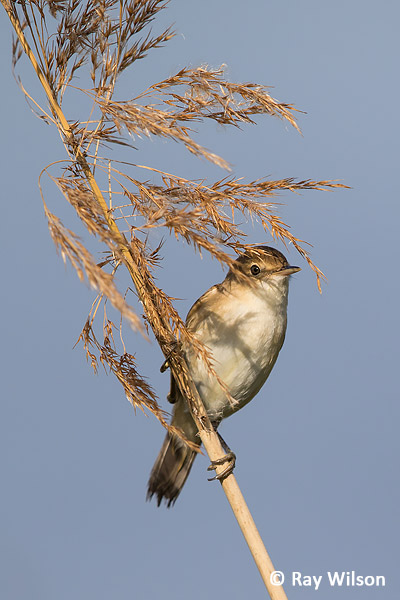 |
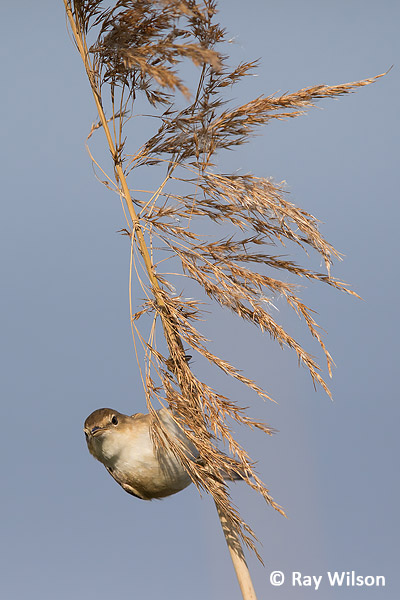 |
Eurasian Reed Warbler (Acrocephalus scirpaceus)
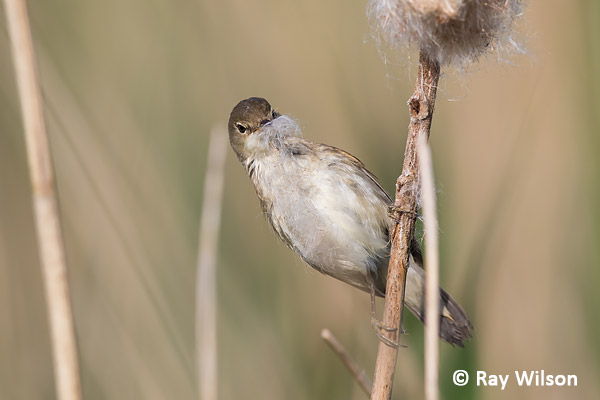
Eurasian Reed Warbler (Acrocephalus scirpaceus)
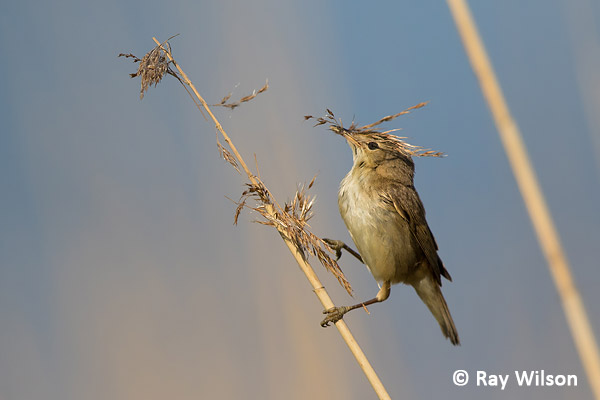
Eurasian Reed Warbler (Acrocephalus scirpaceus)
Since their arrival at Attenborough 10 years ago, the resident Cetti's Warbler population has exploded and their distinctive, explosive song is a common sound around the reserve now. They are still not easy to see though as these skulkers prefer to keep to dense cover.
Cetti's Warbler(Cettia cetti)
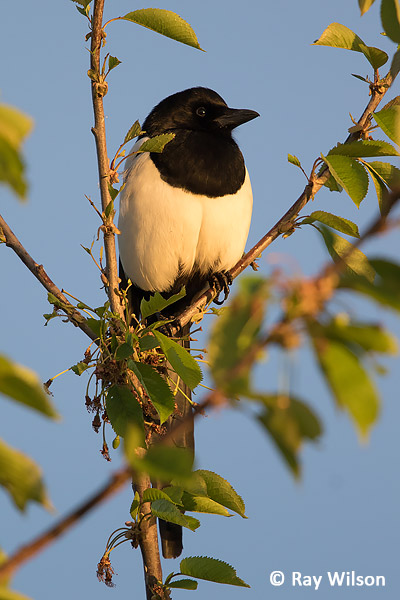 European Magpie (Pica pica) |
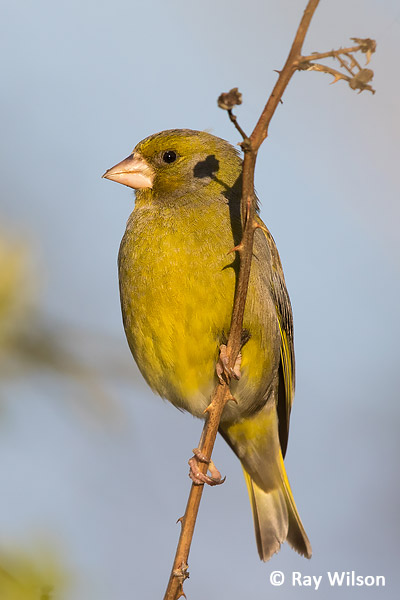 European Greenfinch (Carduelis chloris) |
Despite its tiny size, the Wren is one of the loudest songbirds in Britain and its distinctive trilling song ringing out around the countryside is a familiar sound almost everywhere in Britain.

Northern Wren (Troglodytes troglodytes)
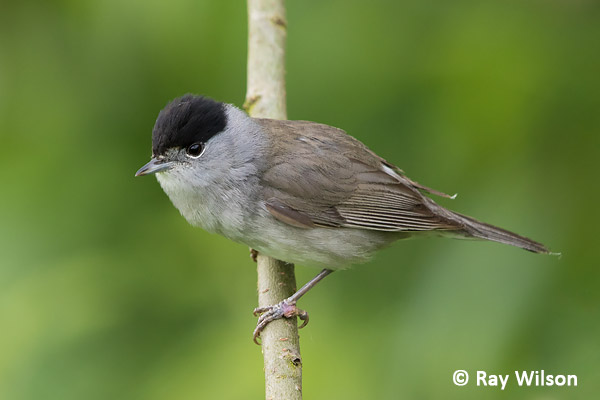
Blackcap (Sylvia atricapilla)
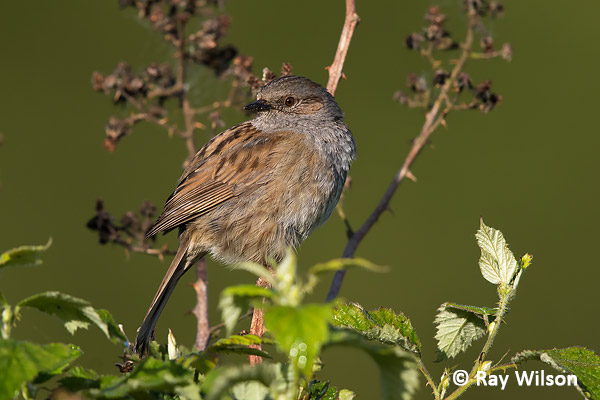
Dunnock (Prunella modularis)
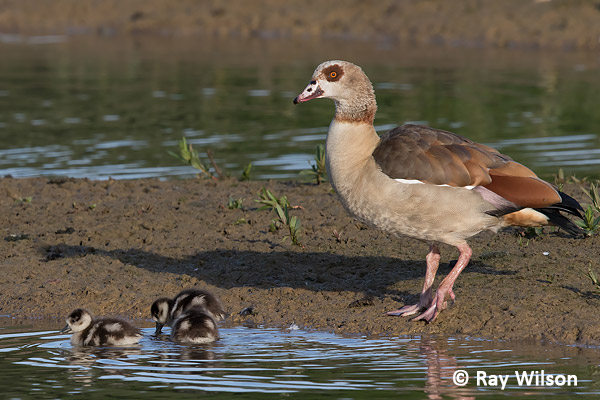
Egyptian Goose (Alpochen aegypticus)
Of all the ducklings on the reserve during the spring, the Egyptian Goose is definitely the cutest.
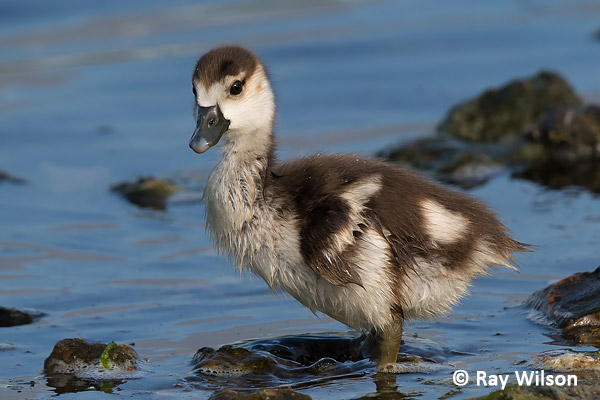
Egyptian Goose (Alpochen aegypticus) gosling
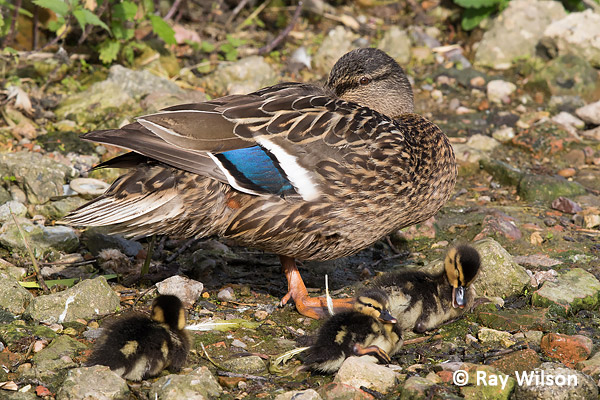
female Mallard (Anas platyrhynchos) & chicks
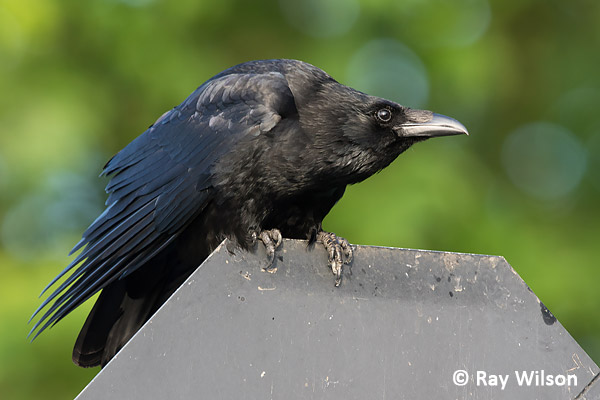
Carrion Crow (Corvus corone)
Mistle Thrush is a rare breeding bird at Attenborough with only a couple of pairs nesting each year.
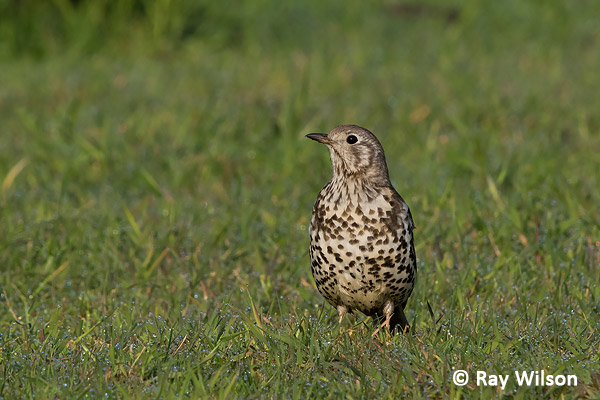
Mistle Thrush (Turdus viscivorus)
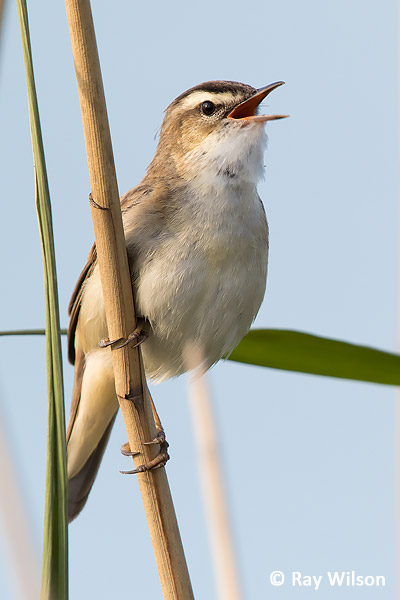
Sedge Warbler (Acrocephalus shoenobaenus) |
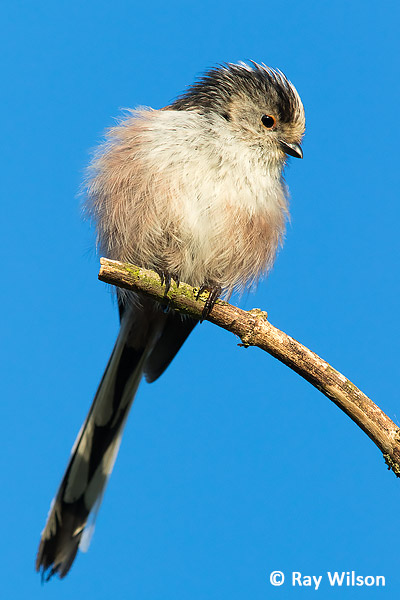
Long-tailed Tit (Aegithalos caudatus) |
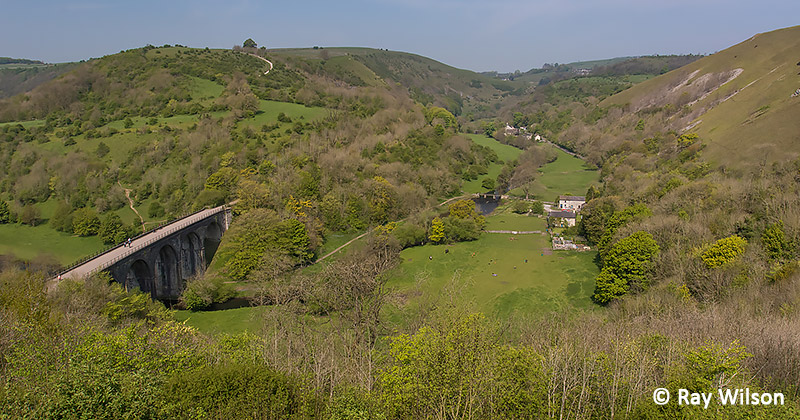
Monsal Dale and the Monsal Head viaduct
For a change of scenery, I went for a walk in the Peak District one sunny morning. Since the birdlife is not particularly exciting in Monsal Dale (apart from the resident but often elusive Mandarin Ducks), I didn't bother taking the big lens and just concentrated on photographing the flora. There's only a couple of hundred metres difference in altitude between Attenborough and Monsal Dale, but as you can see from the above photo most of the trees were still a bit naked and the flora seemed to be at least 2 weeks further behind.
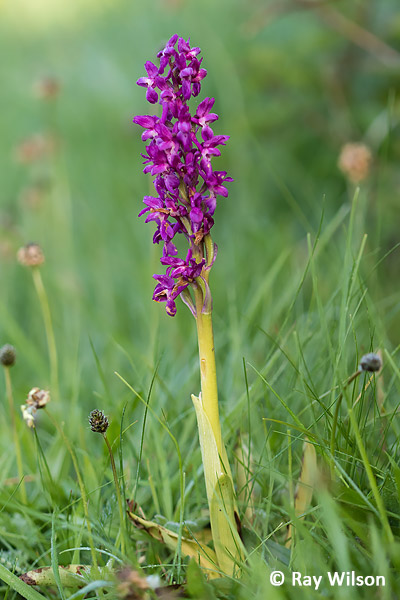
Early Purple Orchid (Orchis mascula) |
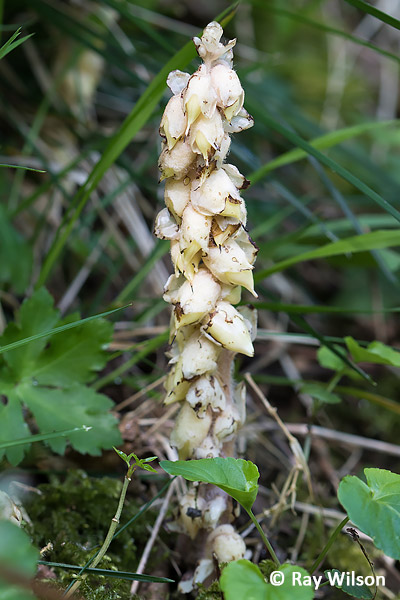 |
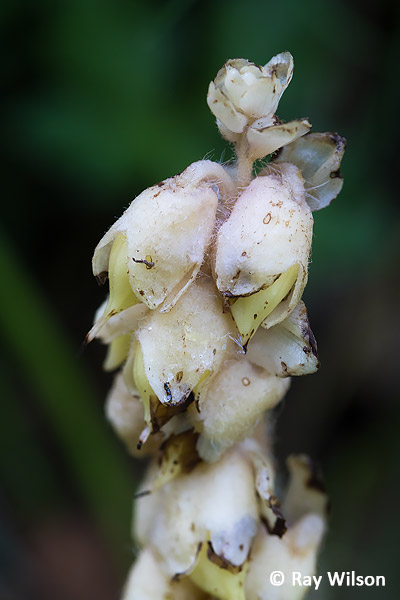 |
Toothwort (Lathraea squamaria)
Toothwort, like many other parasitic members of the Broomrape family (Orobanchaceae), have a complete absence of chlorophyll and relies totally on their hosts for all their nutrient requirements. It can be found growing on a variety of tree and shrub roots, especially Hazel, Wych Elm and Ash, throughout England, Wales and southern Scotland but its distribution is rather local and declining.
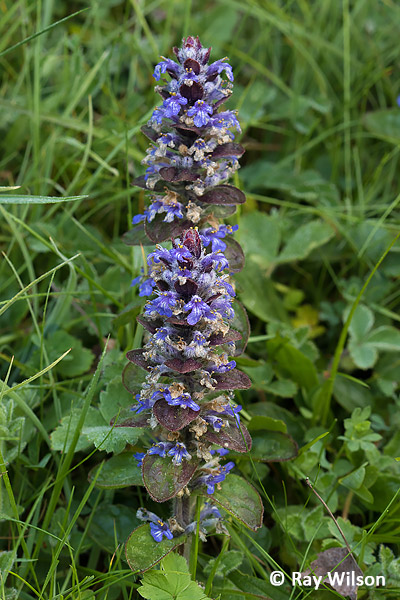 Bugle (Ajuga reptans) |

Dandelion clock (Taraxacum spp.) |
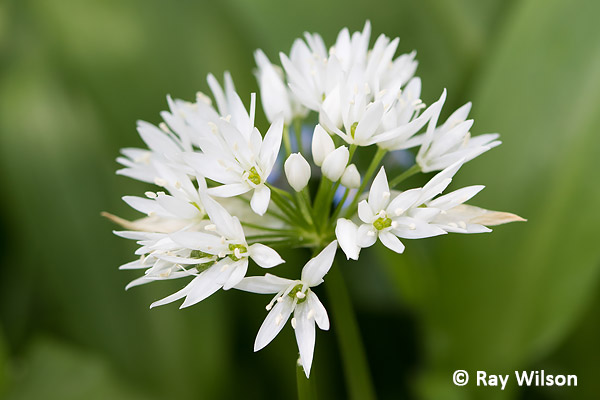
Ramsoms (Allium ursinum)
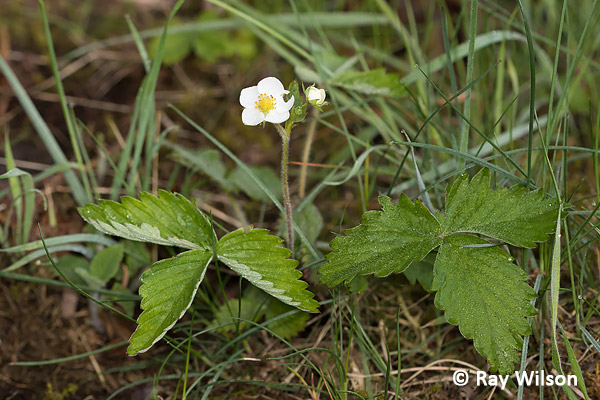
Wild Strawberry (Fragaria vesca)
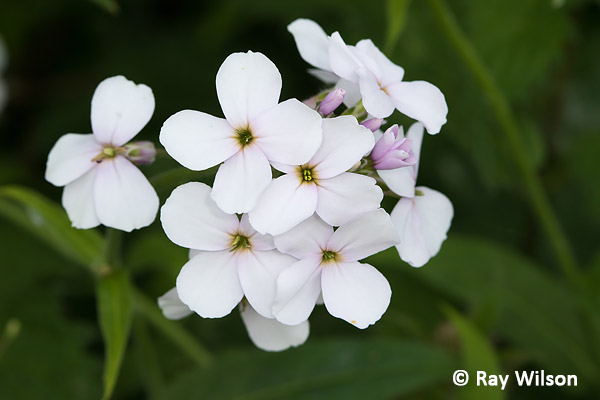
Dame's-violet (Hesperis matronalis)
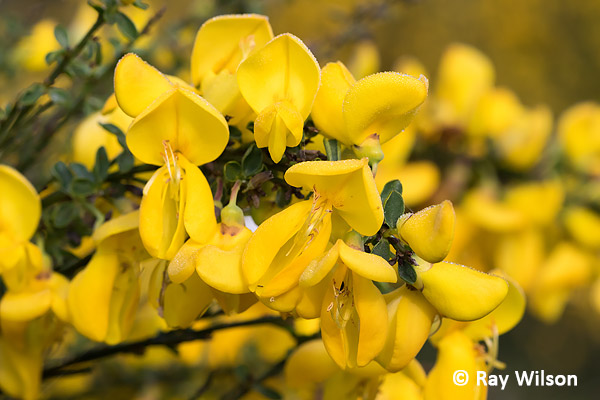
Broom (Cytisus scoparius)
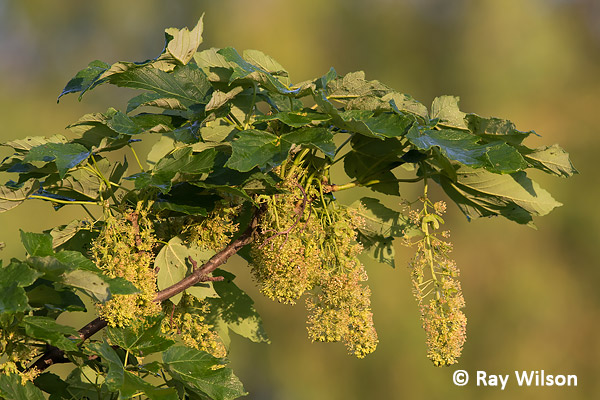
Sycamore (Acer pseudoplatanus)
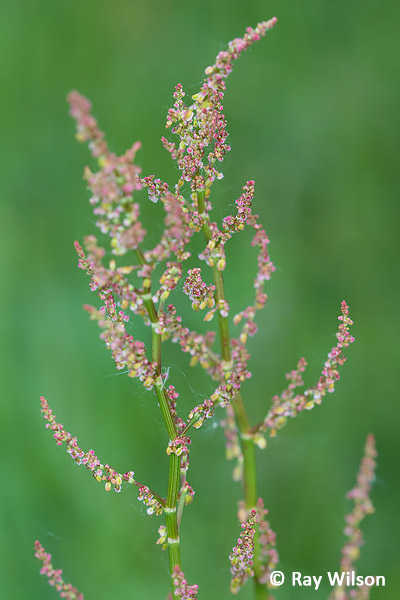
Common Sorrel (Rumex acetosa) |
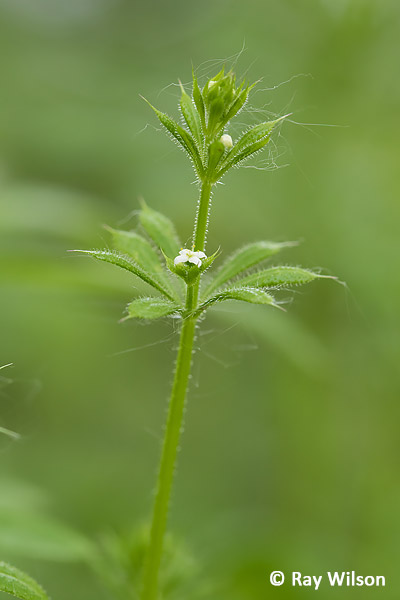
Goosegrass (Galium aparine) |
Ray Wilson owns the copyright of all images on this site.
They may not be used or copied in any form without prior written permission.
raywilsonphotography@googlemail.com
